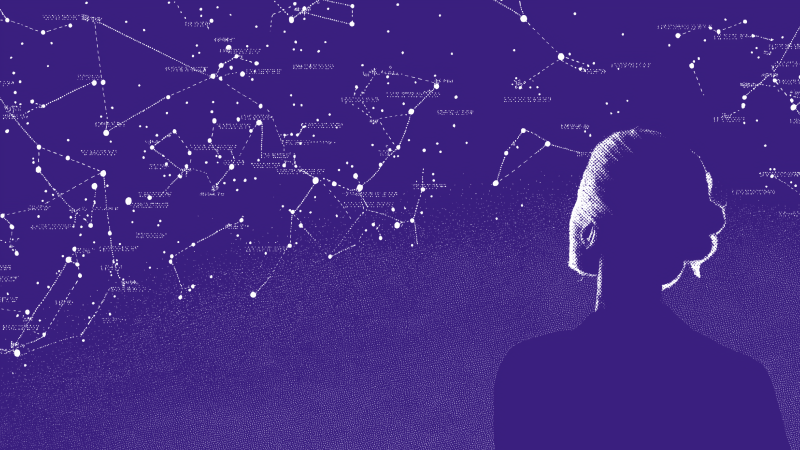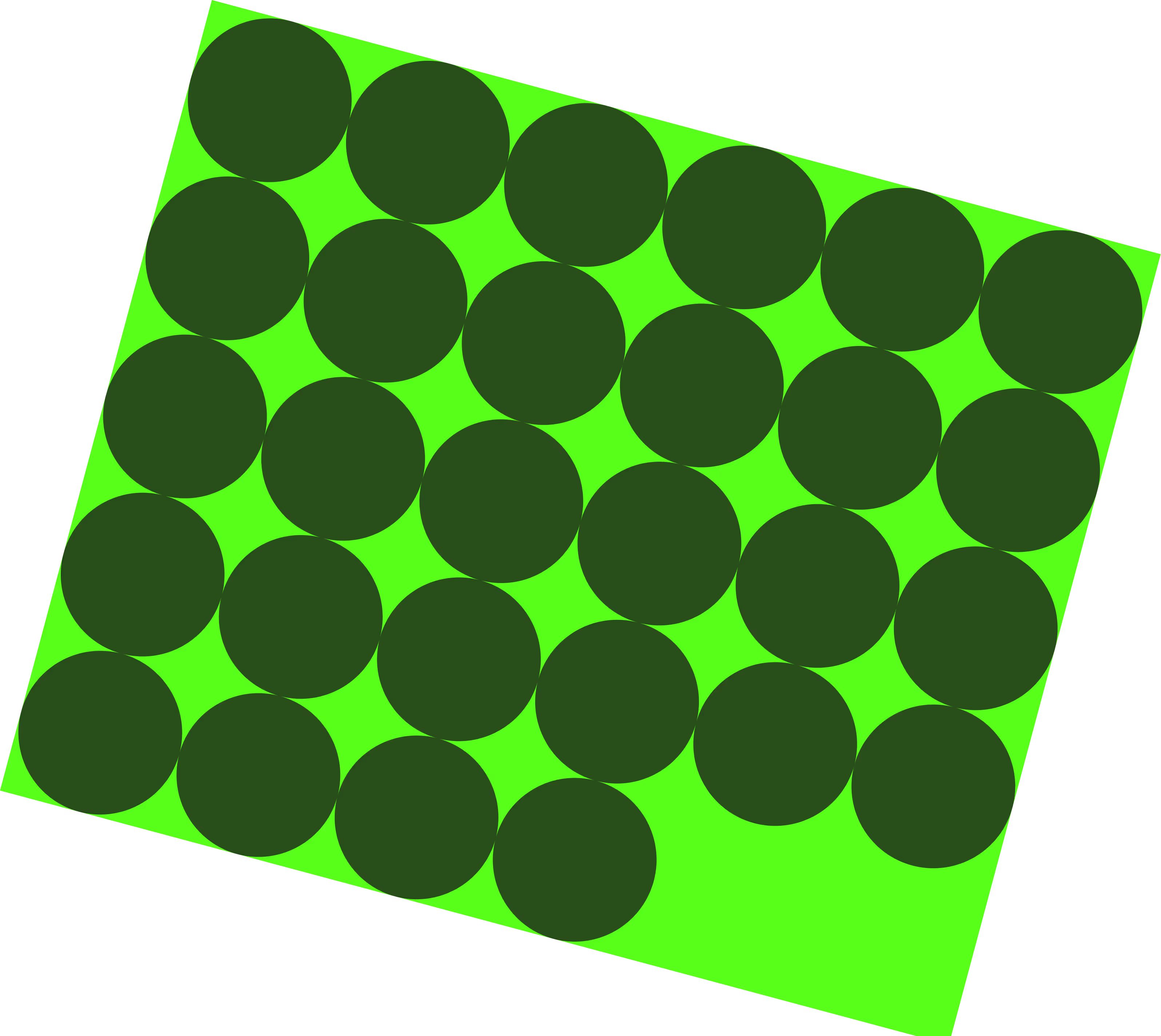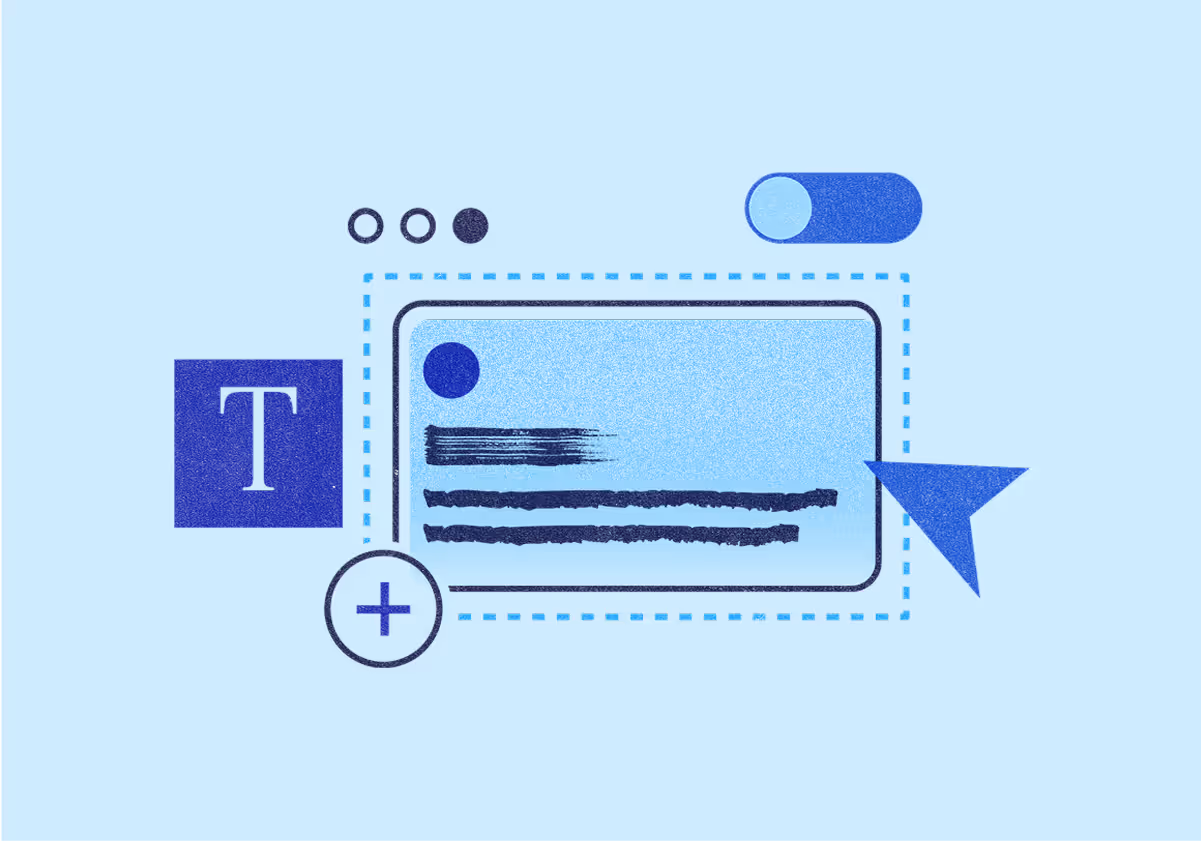Jasper Marketing
June 1, 2025
How AI Agents Are Transforming Marketing Workflows
AI agents move beyond task automation to deliver real-time optimization, brand governance, and marketing outcomes across channels.
.png)
Marketers have long been leaders in AI adoption. From early experiments in content generation to analytics-driven customer engagement and campaign execution, marketing teams have consistently found ways to leverage AI in ways that enhance initiatives, drive productivity, and create value for the business.
Jasper’s 2025 State of AI in Marketing Report found CMOs lead the C-suite in AI commitment and support, with nearly 80% championing its use. Marketers themselves share their enthusiasm. The vast majority of content, product, demand-gen, and creative professionals use AI and find it to positively impact their work.
But opportunities remain to enhance AI’s impact in marketing, specifically around integration and scale. Marketing AI tools today are still largely siloed, used for discrete tasks rather than as an embedded part of marketing operations
AI agents are helping to change this. Instead of supporting isolated tasks, agents operate as autonomous, intelligent systems that adapt in real time and integrate seamlessly into how teams already work, closing the gap between experimentation and scalable impact.
In this article, we’ll define AI agents, demystify some common AI terms, and examine where they’re having the greatest impact for marketing organizations.
What exactly are AI agents?
AI agents autonomously and proactively pursue goals based on human intent but with minimal manual effort. They ingest real-time data, reason through options, and adapt their approaches as conditions change, executing complex processes that once would have required hands-on coordination.
In modern marketing environments, agents act as intelligent extensions of human teams. They operate via continuous feedback loops, observing data inputs (such as customer clicks or engagement data), evaluating them against specific goals, executing the appropriate action, and learning from the results to inform the next decision.
This is where agentic AI diverges from traditional marketing AI. Traditional tools like AI chatbots are reactive, supporting users when prompted for task-based assistance. Agentic AI, by contrast, is persistent and proactive.
Agents stay active within workflows and adjust strategies without needing instruction. They use context and logic to operate independently and deliver results. At Jasper, we believe these agents should work with human oversight, augmenting marketers (not replacing them) in order to provide quality, control, and on-brand execution at every step. Marketers set the intention for an agent, and the agent responds.
Gartner predicts that by 2028, 33% of enterprises will be using agentic AI, up from just 1% in 2024. This highlights the industry shift toward embedding AI into systems and workflows to drive enhanced marketing precision, performance, and scalability.
The real meaning behind AI buzzwords
In a market overflowing with AI claims, it’s easy to get lost in the jargon. Terms like agent, agentic platform, app, chatbot, and generative AI are often used interchangeably but they describe very different capabilities.
Here’s a breakdown of common buzzwords and what they really mean:

When vendors blur these lines, it becomes harder for marketers to understand what they’re actually buying. There’s even a term for this: agent-washing.
Agent-washing is the practice of marketing AI tools as “agents” when they’re really responsive to a single task. It creates confusion and inflates expectations by labeling reactive tools as autonomous, proactive systems.
How can you spot agent-washing? Here are a few ways to see without rose-colored glasses:
- If it only gives suggestions but doesn’t take action, it’s probably not an agent.
- If you have to configure each step, it’s probably a workflow, not an agent.
- If it requires step-by-step prompting but is billed as an agent, it’s probably agent-washing.
For even more suggestions on how to confidently evaluate marketing AI vendors and their capabilities, download our RFP guide.
Marketing use cases for agentic AI
AI agents are gaining traction in areas of marketing that require speed, precision, and constant iteration. The following example use cases show where agents are already helping teams move faster, stay aligned, and improve marketing outcomes.
- SEO: Monitoring SERP changes, clustering keywords by intent, and recommending timely updates to keep SEO programs agile and performing
- Account-based marketing (ABM): Tracking account engagement, tailoring messaging by buying stage, and sequencing outreach based on behavior for scaled personalization
- Product information management (PIM): Streamlining the organization, enrichment, and distribution of product data across channels
- Campaign execution: Managing campaign rollouts by coordinating assets, monitoring real-time results, and triggering adjustments across channels based on live data
- Brand governance: Flagging off-brand messaging, checking content for compliance, and driving consistency across teams and platforms
- Content performance monitoring: Tracking content engagement metrics continuously to spot underperformance early and recommend optimizations before results dip too far
These examples are just the beginning. As more teams adopt agents, they’re seeing broader impact, such as more time to focus on strategic work, better visibility across teams, faster execution grounded in brand standards, and more intentional use of budget.
Looking to the future
AI in marketing is entering a new phase. Most CMOs recognize the need to go beyond experimentation and embed AI more deeply into the way marketing gets done. Yet doing so at scale across content, campaigns, data, and brand remains a challenge for lean teams with limited resources.
AI agents offer a path forward. They’re not just tools, but part of the marketing infrastructure of the future. They bring consistency to execution, speed to decision-making, and adaptability to change. They help teams optimize their own internal workflows while continuously scanning and analyzing external environments to inform strategy.
As Jasper CEO Timothy Young puts it: “With AI, we have an opportunity to rewrite our marketing playbooks and create a new baseline—one that’s more efficient, more impactful, and delivers more results.”
Teams that move early to operationalize agents will be better equipped to meet this opportunity head-on in a dynamic marketing landscape.
To see how leading organizations are already embedding AI into marketing strategies and operations, download Jasper’s State of AI in Marketing Report.
More of the latest & greatest

Gemini 3 Pro in 24 Hours: Inside Jasper’s LLM-Optimized Architecture
How does Jasper validate new AI models like Gemini 3 Pro in under 24 hours? Inside our rigorous 3-step testing process for enterprise marketing.
December 4, 2025
|
Nick Hough

3 Predictions for AI in Marketing in 2026
In 2026, AI will rewire teams, streamline tooling, and turn content into a competitive engine.
December 2, 2025
|
Loreal Lynch
.png)
Highlights from Jasper Assembly: Scaling Content with Confidence
Discover key insights from Jasper Assembly 2025. Leaders from Sanofi, NetApp, U.S. Bank, and BCG shared AI marketing strategies for scaling content and driving impact.
November 19, 2025
|
Loreal Lynch













